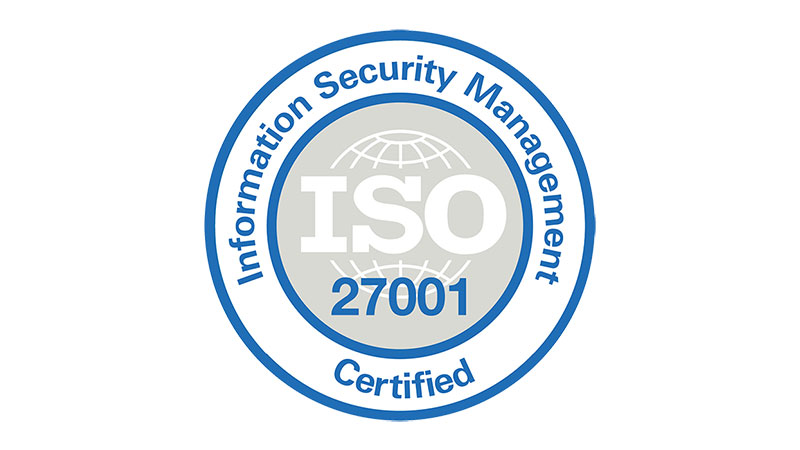Critical supply chain challenges in 2023
The COVID19 pandemic, the Russia-Ukraine war and severe labor shortages are all contributing to and intensifying the disruptions, as prices rise, and delivery delays continue.
Let’s examine some of the forecasts for 2023 and how we might be able to cope:
Labor Shortages
Inflation
Bottleneck
Disruptions in the global supply chain are causing more and more bottlenecks, while port management systems are unable to efficiently handle freight. Port congestion can have a domino effect on the entire supply chain, beginning with a shortage of drivers and leading to delays in the entire delivery process, causing chaos for all stakeholders. Since port management in many ways is still a manual job, we believe that it is essential to integrate technology that adds visibility and data usage through digitalization. Logistics managers need access to real-time information on loading and unloading schedules to increase efficiency throughout the supply chain. Digital platforms can contribute greatly to ensuring efficient maritime system management that demands overseeing planning and forecasting through real-time data, in order to prevent future disruptions.
Supply chain sustainability
To date, the logistics and transportation industry is still known for its unsustainable supply chain practices, such as the widespread use of fossil fuels. An economically viable solution for energy consumption in the transport sector has yet to be discovered that could end the dependence on fossil fuels.
The final and key step in delivery services, the “last mile” (from the warehouse to the end user), is costly and has a huge impact on urban transportation, contributing to increased traffic, congestion, noise and air pollution. Even with the increase in e-commerce, companies have to maintain a large fleet of delivery vehicles and drivers to ship a small number of products, as combined cargo shipping remains difficult to manage. Many businesses assume that improving efficiency in this sector requires extra investment, however, the opposite is usually true. Supply chain optimization, including automation, will actually lead to savings of resources and improved service for clients. Specifically, fleet management optimization can help to decrease the empty miles traveled, which in turn will reduce the transportation carbon footprint.
Transport operators could invest in carbon offset projects in the freight sector itself, saving CO2 emissions from vehicle fleets that in the future might be traded, as credits, in the voluntary carbon market.
Conclusion
We believe in the integration of digitalization, data analyses, and visibility for significantly improving supply chain processes and mitigating stress. To overcome supply chain chaos, more advanced planning is needed together with real-time innovative technology. Automation is necessary to boost productivity in logistics and optimize fleet management.
The way forward is through efficiency, efficiency, efficiency.




